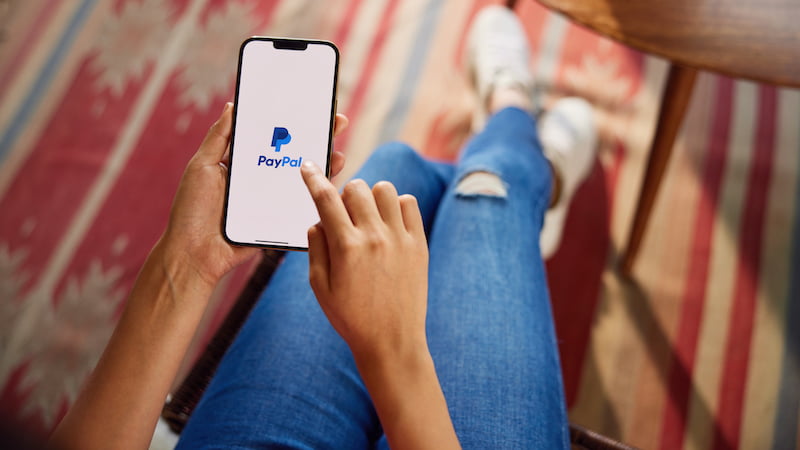
Phishing is particularly unpleasant for platform operators who work with particularly sensitive data. This also includes the payment provider PayPal, where fraud through phishing emails is not uncommon. We’ll explain to you how you can protect yourself from it.
With increasing networking in recent years, the topic of cybercrime has become more and more present. The damage caused by this form of crime is sometimes immense.
In German companies alone, the amount of damage estimated to be caused by data theft, industrial espionage or sabotage in 2023 will amount to 205.9 billion euros. Cases of blackmail with stolen or encrypted data alone account for 16.1 billion euros of the total.
But how can you protect yourself from such phishing attacks online if, for example, you handle sensitive data when paying? The payment service provider PayPal offers you some tips if you suspect fraud.
Protect yourself from fraud with PayPal – this is how it works
If you have come across a fraudulent website, it is often not obvious at first glance. If you are not sure about the PayPal site, you can recognize its authenticity based on a few features.
For example, encrypted pages can be recognized in the browser by the small lock symbol next to the URL. The link at the front also contains the abbreviation “https”.
PayPal points out that if you are unsure, it may make sense to type the URL into a new browser window. Here you can then log in to your account.
This is how you recognize fraudulent emails
For emails that look like PayPal but do not come from the payment provider itself, you can check a few characteristics to find out whether they are authentic.
If you are unsure, it makes sense to always check the sender address first. You can often see here whether the message was sent from an official email address.
According to PayPal, you should also be skeptical if an email begins with an impersonal address. This could be, for example, the phrase “Dear Sir or Madam”.
You should also not allow yourself to be put under pressure by feigned urgency in an email. If you are unsure, take your time and check the message carefully. It can also make sense to pay attention to grammatical and spelling errors.
Fraud? PayPal offers you help if you suspect something
If you are not sure about following all of these tips when sending an email, you can also contact PayPal directly. The payment provider will then check for you whether the message is fraudulent or not.
To do this, forward the email you want to check to [email protected]. PayPal points out that you should not change the subject or send the email as an attachment. Once you have forwarded the email, you can delete it from your inbox.
PayPal will now check your forwarded email for fraud. After the check, the provider will inform you whether it is a phishing email.
You should keep this data to yourself
If you receive an email asking you to provide sensitive information, you should become suspicious. PayPal advises not to respond to such emails and not to transmit any data such as date of birth or credit card number.
You should also not click on links that you receive in dubious emails. Of course, this also applies to attachments in emails that you should not download or open.
Also interesting:
Source: https://www.basicthinking.de/blog/2023/11/02/paypal-betrug-phishing-erkennen/


